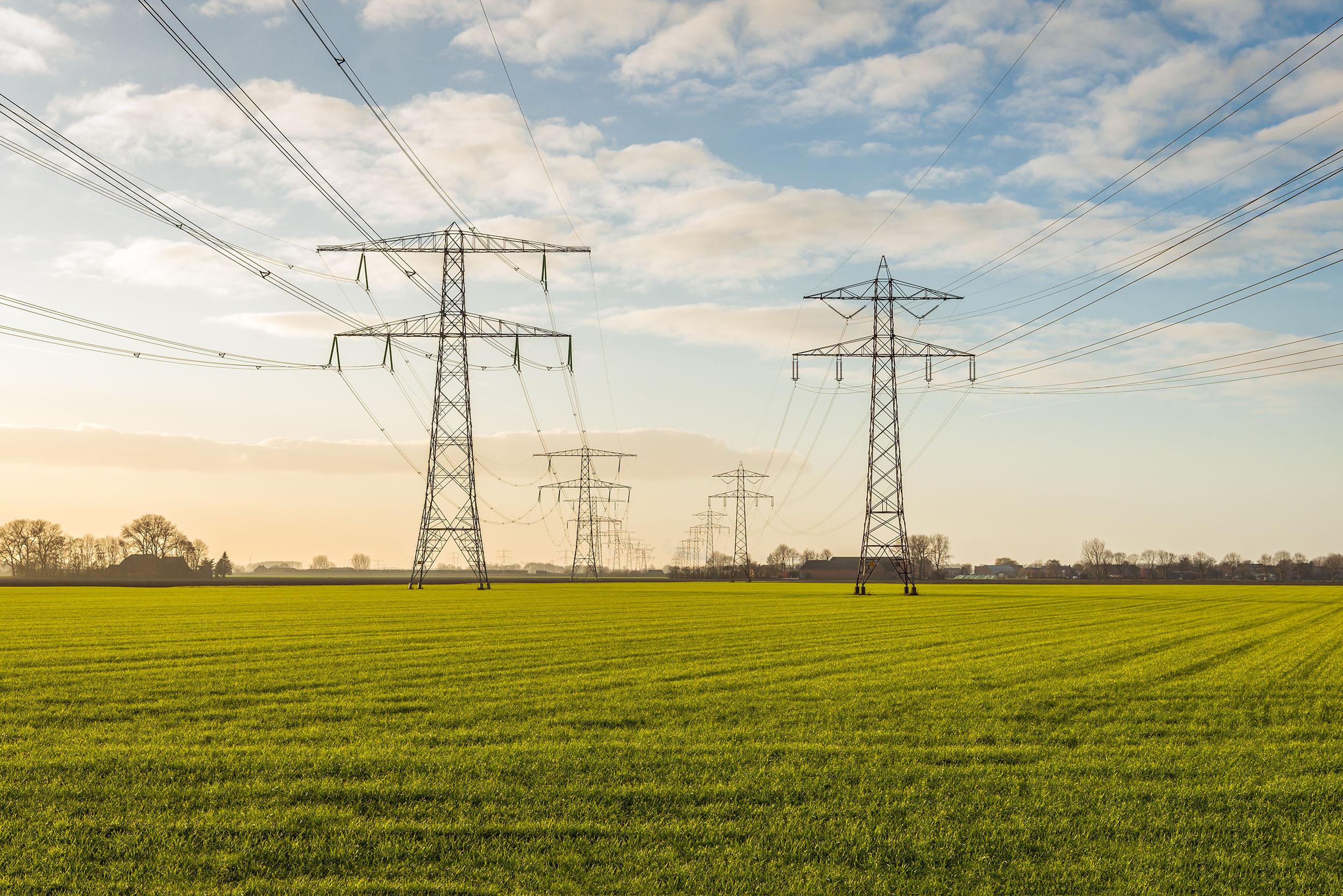Summer grid reliability FAQ
- Will there be reliable power this summer?
- Yes, power should be reliable this summer. That said, due to an expectation of excessive heat driving increased demand along with tightened supply, there is a chance of intermittent periods when power may need to be curtailed through rolling blackouts.
- What are rolling blackouts?
- Rolling blackouts are planned and temporary power curtailment. They may occur in a situation where there is not enough power to serve demand. Consumers would experience temporary periods of time without power. This is done to prevent the electric grid from being overloaded.
- Why is there a chance of rolling blackouts?
- Projected energy demand is likely to outstrip firm energy supply this summer in our power region. “Firm” energy is power that can be dispatched at will and typically comes from baseload fossil fuel plants, nuclear facilities and gas peaking stations.
- How big is the projected energy shortfall?
- The Midcontinent Independent System Operator (MISO) anticipates it will have 124 GW of need but just 119 GW of “projected regularly available generation.” While this firm energy supply represents 96% of the expected need, it also means MISO will likely rely on other resources, including intermittent generation like renewables, energy imports from other regions, utility demand management programs and reserves to meet its obligations. This means a heightened – though still likely low – risk of blackouts.
- Doesn’t MISO have thousands of gigawatts of renewables too?
- Yes. The challenge is that resources like wind and solar are intermittent, which means they can’t be turned off and on at will. The wind needs to blow and the sun needs to shine in order for their production to be available. So, in worst-case scenario planning, MISO assumes they are unavailable.
- What is MISO?
- Think of MISO like an air traffic controller for the electric grid in the 15 states shown in orange, below. MISO controls the transmission of electricity in this region, including Minnesota.

- When could rolling blackouts occur?
- Risk of rolling blackouts occurs when there is high electric demand and not enough supply in the states served by MISO. In response, MISO can import electricity from other regions and instruct utilities to reduce load to meet demand. This would typically occur during extreme weather. It may not be specific to Wright and Hennepin counties, but it could affect us if the larger system has high demand.
- Who decides if an event like this occurs?
- MISO has the authority to call for rolling blackouts. It is not a decision made by WH.
- How does MISO impact power here in MN?
- While Minnesota power suppliers have adequate resources for the state of MN, MISO operates as a system across fifteen U.S. state and Canada. The system is a grid that is balanced to serve all consumers with resources being pooled to meet the system needs
- How will WH notify me in the unlikely event of a rolling blackout?
- WH will send an email, post information on our website, and post on social channels. WH will also have Member Service representatives who can answer your questions.
- How do I prepare for such an event?
- Learn more about preparing for outages.
- What are resources I can use to learn more?
- Read this blog from WH’s CEO, Tim Sullivan
- Great River Energy, one of WH’s power suppliers


